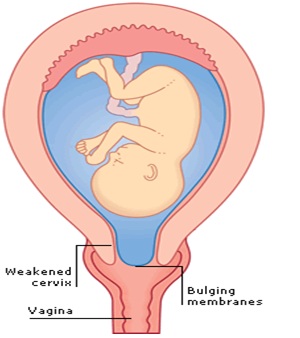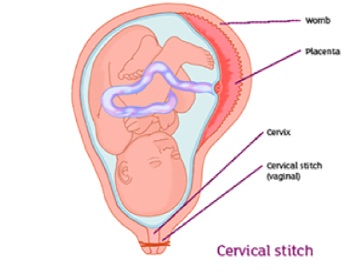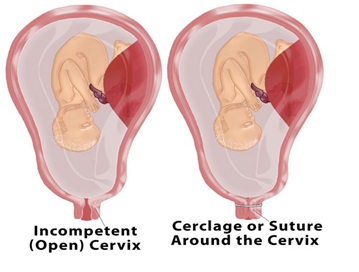Whats is Gestational Diabetes?
Diabetes (poor tolerance to blood sugars) diagnosed for the first time during pregnancy. It usually starts in the middle or ed of pregnancy.
CAUSES
Gestational diabetes occurs when you body cannot make enough insulin during pregnancy.High levels of hormones with weight gain of pregnancy causes your body cells to use insulin less effectively. The risk of developing pregnancy diabetes is higher in the following situations.
-
- If you are overweight (BMI>30)
- You had a previous large baby weighing more than 4.5 KG
- You had diabetes in the previous pregnancy.
- You have a family member like parents or siblings with diabetes
- Some nationalities like Asians, Middle Eastern, African – Caribbean
DIAGNOSIS
Diagnosis is by checking your blood sugar level during pregnancy. It is done in early pregnancy if you have risk factors as mentioned. Routinely its done in the 6th or 7th (24 to 28 Weeks) month of pregnancy. The test is called GTT and it is done by checking your fasting levels of glucose and bp levels 1 to 2 hours after having a glucose drink.
What are the risks of diabetes to my baby?
If the blood glucose levels are too high , the baby can grow bigger which increases the risk of long labour, c section, birth injuries during delivery and still birth. The baby produces more insulin and can have low glucose levels after birth. Future risk to the baby include obesity and diabetes.
TREATMENT
Once you are diagnosed diabetic during pregnancy, the treatment involves 3 steps:
1. Referral to a Dietitian : Diet should reduce your blood sugar levels and it should give you the calories required for pregnancy
2. Medications : Medications are started if diet does not lower blood sugar levels within 2 weeks. Medications safe in pregnancy are metformin and insulin.
3. Exercise : It also helps lower blood sugar level.
MONITORING SUGAR LEVELS
1. You will have follow up visits every 2 weeks
2. You will be instructed how to monitor your blood sugar levels at home at least twice during the week
3. Aim of treatment is to maintain blood sugar level within normal range (fasting less than 90mg and post meals more than 1 hour = 140 mg / dl)
PLAN AFTER DELIVERY
1. Your baby growth will be monitored by Ultra sound
2. Increased fluid and large baby are signs of poor sugar control
3. If sugar levels are well controlled labour will be induced between 39 – 40 weeks.
4. If sugar control is poor baby is large and water around baby is increased. Labour will be induced soon after 38 weeks.
5. Normal delivery is possible if baby weight is average.
6. Large baby is many to be delivered by c section.
7. After deliver the baby’s blood sugar will be checked as it can be low.
8. Your diabetes medications may be stopped after checking your blood sugar levels.
9. You should check your fasting blood sugar 6 weeks after delivery.
10. Life style modification in the form of diet and exercise can postpone development of overt diabetes later in life.


